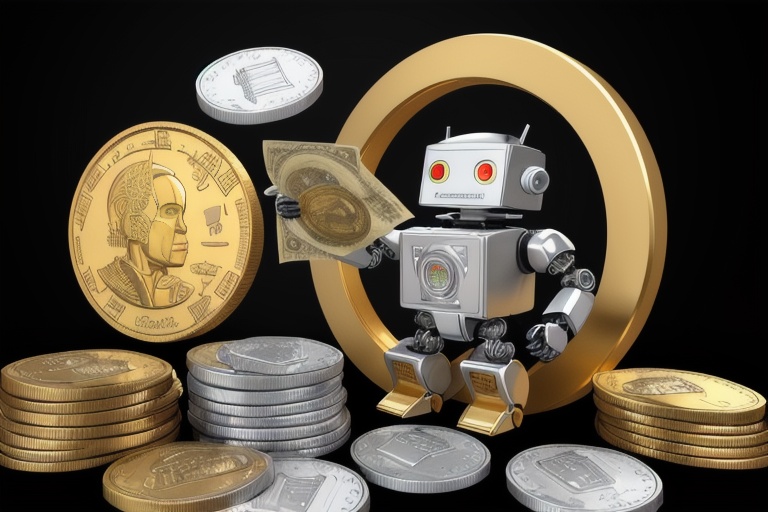Generative artificial intelligence (AI) has swiftly become a cornerstone of technological advancement, capturing widespread attention and igniting a mix of enthusiasm and apprehension within the tech community. At the heart of this movement lies the innovative concept of machines with the ability to produce content that could easily be mistaken for the work of humans—content like art, text, and music that bears the hallmark of creativity and complexity.
Generative artificial intelligence (AI) has swiftly become a cornerstone of technological advancement, capturing widespread attention and igniting a mix of enthusiasm and apprehension within the tech community. At the heart of this movement lies the innovative concept of machines with the ability to produce content that could easily be mistaken for the work of humans—content like art, text, and music that bears the hallmark of creativity and complexity.
The Rise of Generative AI
This sophisticated category of AI has achieved landmark recognition through platforms such as ChatGPT, an AI chatbot that simulates human conversation with remarkable proficiency. But what exactly is generative AI, and what implications does it have for the broad sweep of industries it touches?
Generative AI, in its essence, uses algorithms to generate new data that is similar to, but distinct from, the data it has been trained on. The result is the creation of entirely novel content—such as articles, images, and melodies—by understanding and mimicking the patterns it observes in the input data. This leads us into the potential and limitations of generative AI, areas that are crucial for understanding as we embrace its capabilities and field the inevitable challenges it presents.
Potential and Limitations
The potential of generative AI is multifaceted. It spans from automating mundane tasks—thus freeing humans to concentrate on more complex, high-value work—to defying boundaries in creative fields. This technology promises to transform sectors such as marketing, where personalized content can be generated at scale, and software development, where code can be written and debugged with astonishing efficiency.
But these advancements come with limitations and consequences. Chief among them is the concern about job displacement, a topic that consistently stirs debate. As AI software becomes ever more competent, the anxiety intensifies that jobs, particularly those involving routine or predictable tasks, could be at risk.
The Future of Work
A McKinsey report posits that generative AI could automate between 60% to 70% of employee workloads. But it's not just about automation replacing jobs; it's also about transformation. Generative AI's unique capacity to step into realms once thought the exclusive domain of humans, such as creative writing and music composition, amplifies these concerns and underscores the necessity for thoughtful regulation and workplace guidelines to govern AI's integration.
Moreover, it's critical to acknowledge the differential impact automation may have across various demographic groups. Research suggests that women, for instance, might be disproportionately affected by AI-driven job automation.
Opportunities for Human-Machine Collaboration
Despite these potential pitfalls, generative AI is not a harbinger of dystopian uniformity. It brings with it substantial opportunities for human-machine collaboration and amplification of human abilities. Incorporating AI into the workplace can enhance the overall work experience by enabling individuals to channel their energy into more strategic and creative endeavors, bolstered by the AI's handling of repetitive tasks.
Addressing Challenges and Maintaining Human Expertise
Nevertheless, challenges such as model collapse, wherein an AI system begins to produce less diverse and lower quality outputs, remain. These issues underline the enduring need for active human engagement in developing, supervising, and maintaining AI systems.
Strategic Implementation for a Balanced Workforce
As the boundaries of generative AI continue to expand, finding the golden mean between technological advancement and the conservation of human skills becomes imperative. Embracing AI requires a measured, strategic approach that fosters a symbiotic relationship between humans and machines. The objective isn't to replace human workforce but to enhance it, to streamline workflows, and to craft an environment ripe for innovation and growth.
Through prudent regulation, continued education, and the nurturing of human-centric AI development, we can engineer a future workforce that is both sustainable and harmonious. A future wherein generative AI doesn't signify the displacement of jobs but rather the evolution and creation of new roles—jobs that harness the full spectrum of human expertise and creativity in collaboration with technological precision.
In the final measure, generative AI holds tremendous promise for shaping a new kind of work dynamic, one where efficiency, creativity, and the human touch not only coexist but thrive together. By steering this technology with foresight and a firm commitment to a balanced human-machine partnership, we may look forward to an era of work that is optimized, equitable, and brimming with potential.
Information for this article was gathered from the following source.

